If you click on a link and make a purchase we may receive a small commission. Read our editorial policy.
DC reveals the Joker's identity as Jack White (No, not that one) in surprising Flashpoint Beyond event
As Flashpoint Beyond reaches its penultimate issue, the miniseries may have just solved the age-old mystery of who the Joker really is

While Batman may hold an esteemed reputation as the DC Universe’s greatest detective, one mystery that has prominently confounded the Dark Knight for decades is the true identity of his greatest nemesis, the Joker. The search for the Joker’s identity before he became Gotham City’s greatest supervillain is one that began in Alan Moore and Brian Bolland’s seminal 1988 original graphic novel Batman: The Killing Joke, which also presented a potential origin story for the Clown Prince of Crime. After years of revisions and retcons, the Joker’s identity apparently stands revealed and none other by the Joker of the Flashpoint Universe, the sinisterly twisted Martha Wayne.
The comic book miniseries Flashpoint Beyond – written by Geoff Johns, Tim Sheridan, and Jeremy Adams and illustrated by Xermanico and Mikel Janin – not only returns to the alternate universe introduced by Johns and Andy Kubert in 2011’s Flashpoint but quietly places it in the midst of DC’s shifting and evolving multiverse. With a newfound insight on the nature of the multiverse and her counterparts on other worlds, Martha reveals to her husband Thomas Wayne, the Batman of this universe, that the Joker of the prime DCU is named Jack Oswald White. And this particular revelation comes with the seeming confirmation of past Joker origin stories as Martha’s unique insight finally answers a longstanding mystery that even her superhero son struggled to solve.
The Joker’s identity revealed?

Flashpoint Beyond takes place in a divergent timeline created when Barry Allen prevented the Reverse-Flash from murdering his mother, unintentionally leading to a world where many of the DCU’s greatest heroes never fulfilled their destinies while globe was consumed by a conflict between the Amazons and Atlanteans. In a twist from the original 2011 crossover event, Flashpoint Beyond has Barry die in an attempt to regain his connection to the Speed Force rather than having his powers restored and undoing the damage to the timeline.
Without the Flash present to restore the DCU, the Joker begins killing time-travelers capable of similarly undoing the reality that she and her husband inhabit. Prior to murdering Psycho-Pirate, Martha interrogated him to learn as much about the main DCU as she could, including about her son Bruce Wayne’s exploits as Batman in the DCU timeline. Armed with this knowledge, Martha confronts Thomas and taunts him with the background of the DCU Joker and how he fared in the Flashpoint Universe.
According to Martha, Jack White is a failed standup comedian who got a job as a janitor at Wayne Casinos, Thomas’ illicit empire in Gotham that secretly finances his activities as this world’s Batman. With Xermanico’s art evoking Bolland’s depiction of the comedian and his wife in The Killing Joke before their tragic fate, Jack’s wife survives to give birth to their son, with the couple happily raising him in Gotham. Despite their struggling financial status in the harsh city, Martha observes that Jack and his wife are happier than she and Thomas ever were, going as far as to spare him when she personally destroyed the casinos to get back at her superhero husband.
The Joker’s fluid origin story

The first exploration of the Joker’s possible origin story was depicted in 1951’s Detective Comics #168 by Bill Finger, Lew Sayre Schwartz, Win Mortimer, and George Roussos. In this tale, the Joker was introduced as a factory worker who takes on a criminal persona known as the Red Hood. The Red Hood dove into a vat of chemicals to evade Batman and Robin during a botched heist at the Ace Playing Card Company and emerged bleached and driven insane, taking on the moniker of the maniacal Joker.
This origin was expanded upon in The Killing Joke, with the factory worker given a background as a failed standup comedian who agrees to take on the Red Hood persona when approached by two mobsters to rob the factory in order to support his pregnant wife. Deciding to carry out the heist after learning his wife and unborn child were killed in a freak accident, the robbery was foiled by Batman, with the Joker accidentally falling into a vat of accident in the chaos. Emerging permanently deformed by the chemicals and still reeling from the loss of his wife, the Red Hood’s sanity finally snapped, resulting in the Joker being born on that fateful night.
Moore and Bolland’s background for the supervillain has been touched on by subsequent comic book stories, with the 2004 storyline “Pushback,” by A.J. Lieberman, Al Barrionuevo, and Francis Portela, giving the failed comic the first name Jack prior to his transformation. The 2007 storyline “Lovers & Madmen” retained the Joker’s civilian name as Jack while suggesting he was a criminal all along, who became obsessed with Batman before his monstrous metamorphosis.
The first appearance of the Jack moniker for the Joker in any medium, of course, is in the 1989 Batman film, with Jack Nicholson’s Joker depicted as a mob enforcer named Jack Napier prior to his impromptu chemical bath. This identity and background is maintained in early episodes of Batman: The Animated Series and the alternate universe comic book series Batman: White Knight by Sean Gordon Murphy.
Implications in the main DCU

It is unclear how much of Martha’s claim is true; the Joker isn’t particularly known for being a reliable narrator in any universe. That said, all the previously existing elements sprinkled in the Joker’s backstory throughout the DCU align with her explanation. Johns and Jason Fabok’s DC Black Label miniseries Batman: Three Jokers incorporated much of Moore and Bolland’s origin story into their tale, while suggesting there were three different individuals using the Joker name as they menaced Gotham.
Three Jokers followed up a loose end from Johns and Fabok’s “Justice League: Darkseid War,” with Batman using the omnipotent Mobius Chair to learn that there were three active Clown Princes of Crime, investigating the matter with Batgirl and Jason Todd. Though Three Jokers’ place in DCU continuity is nebulously undefined, the story ended with the shocking revelation that Batman had used his detective skills to determine the Joker’s identity years ago – though he doesn’t divulge a name – along with the reveal that the Joker’s wife and child had secretly faked their deaths and lived in relative safety under assumed identities in Alaska.
Despite being relegated to an alternate timeline, Flashpoint Beyond has featured a wide scope spanning the Omniverse and Hypertime, with surprising links to what’s currently occurring in the main DCU. Revealing the Joker’s true identity may be the biggest consequence for the DCU to spring from Flashpoint Beyond but, with one issue to go and this world’s Joker still on the loose, even more shocking twists may be in store for the multiverse.
Written by Geoff Johns, Tim Sheridan, and Jeremy Adams, illustrated by Xermanico and Mikel Janin, colored by Romulo Fajardo, Jr. and Jordie Bellaire, and lettered by Rob Leigh, Flashpoint Beyond #5 is on sale now from DC Comics. The miniseries ends with Flashpoint Beyond #6, on sale Oct. 4.
Follow Popverse for upcoming event coverage and news
Find out how we conduct our review by reading our review policy
Let Popverse be your tour guide through the wilderness of pop culture
Sign in and let us help you find your new favorite thing.


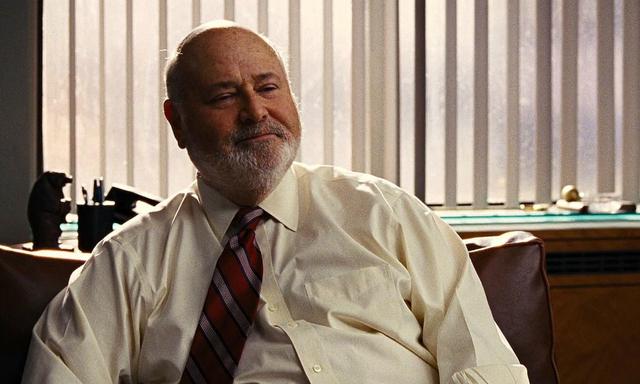

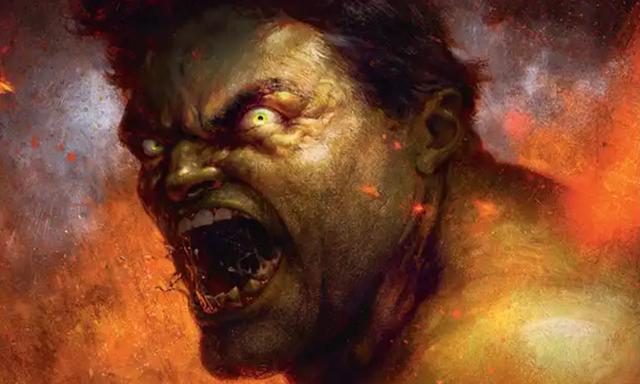
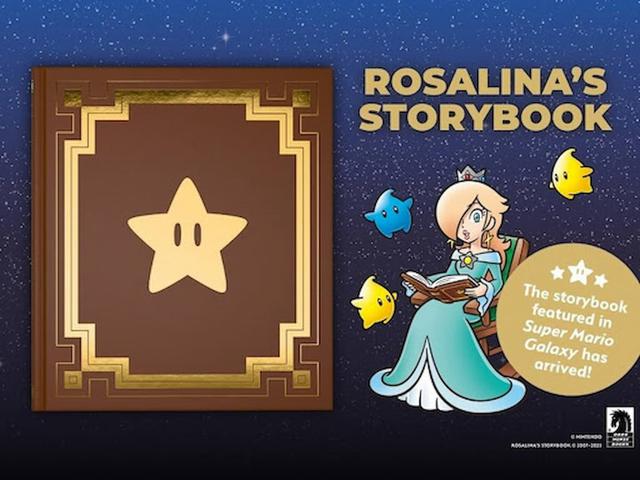

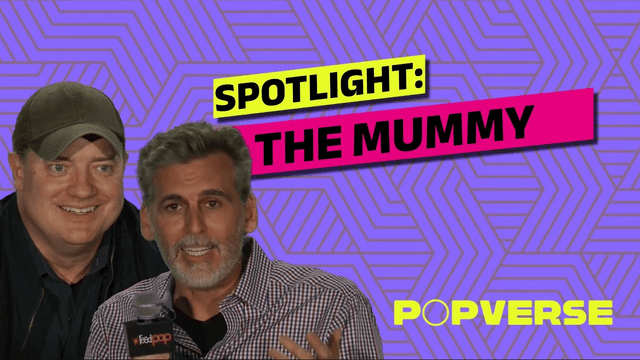

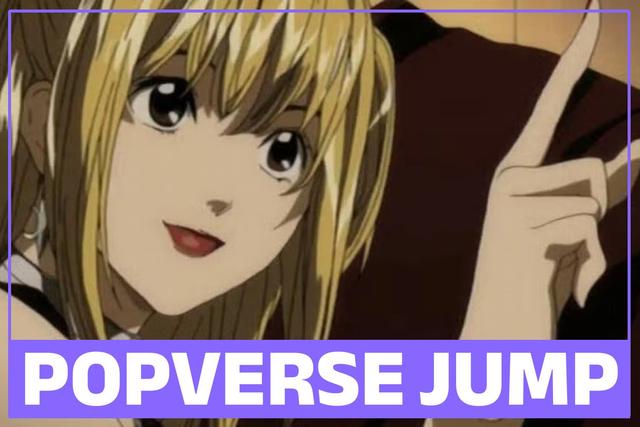






Comments
Want to join the discussion? Please activate your account first.
Visit Reedpop ID if you need to resend the confirmation email.